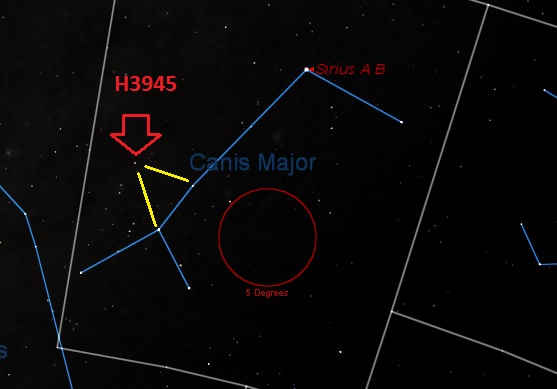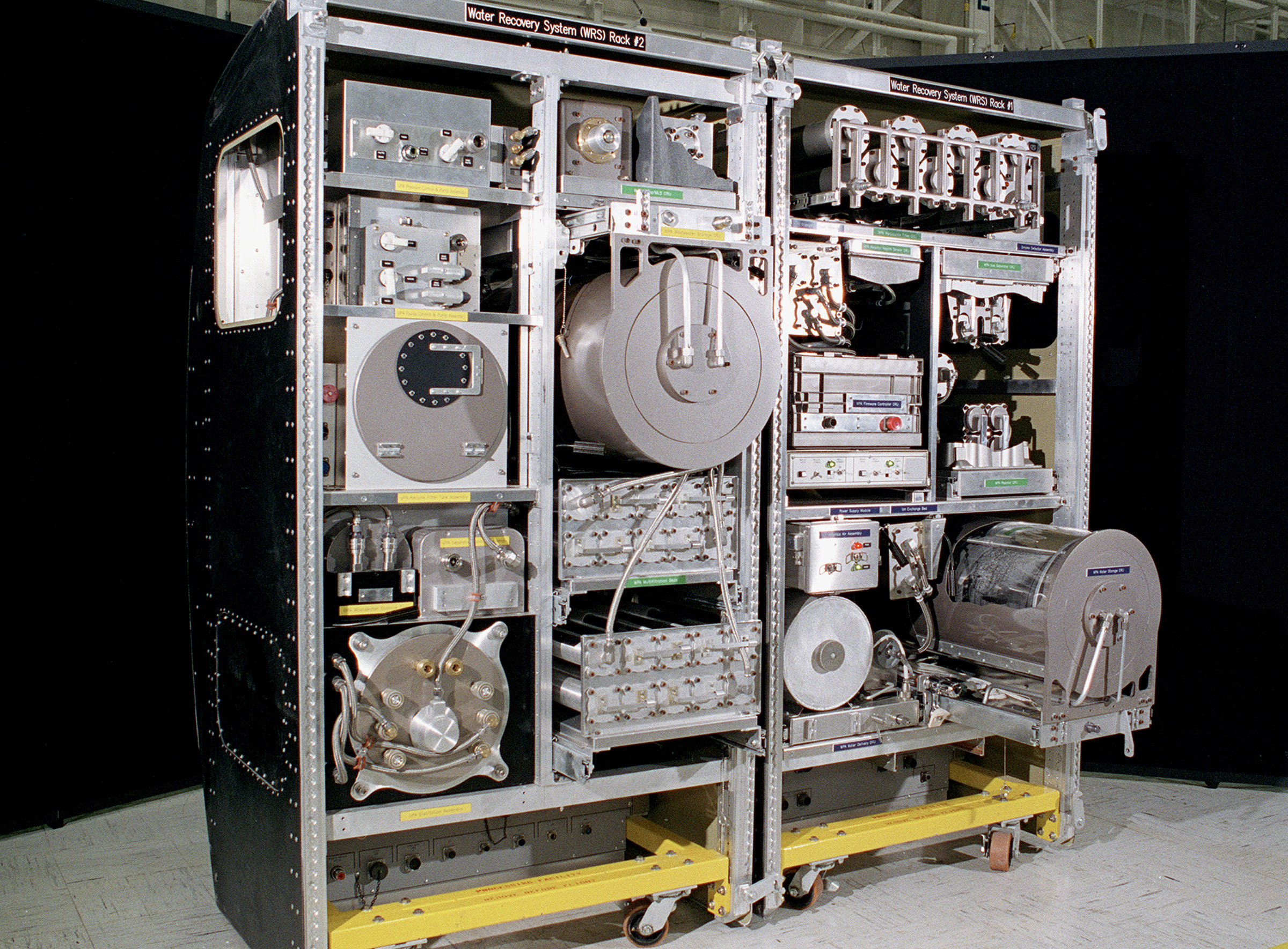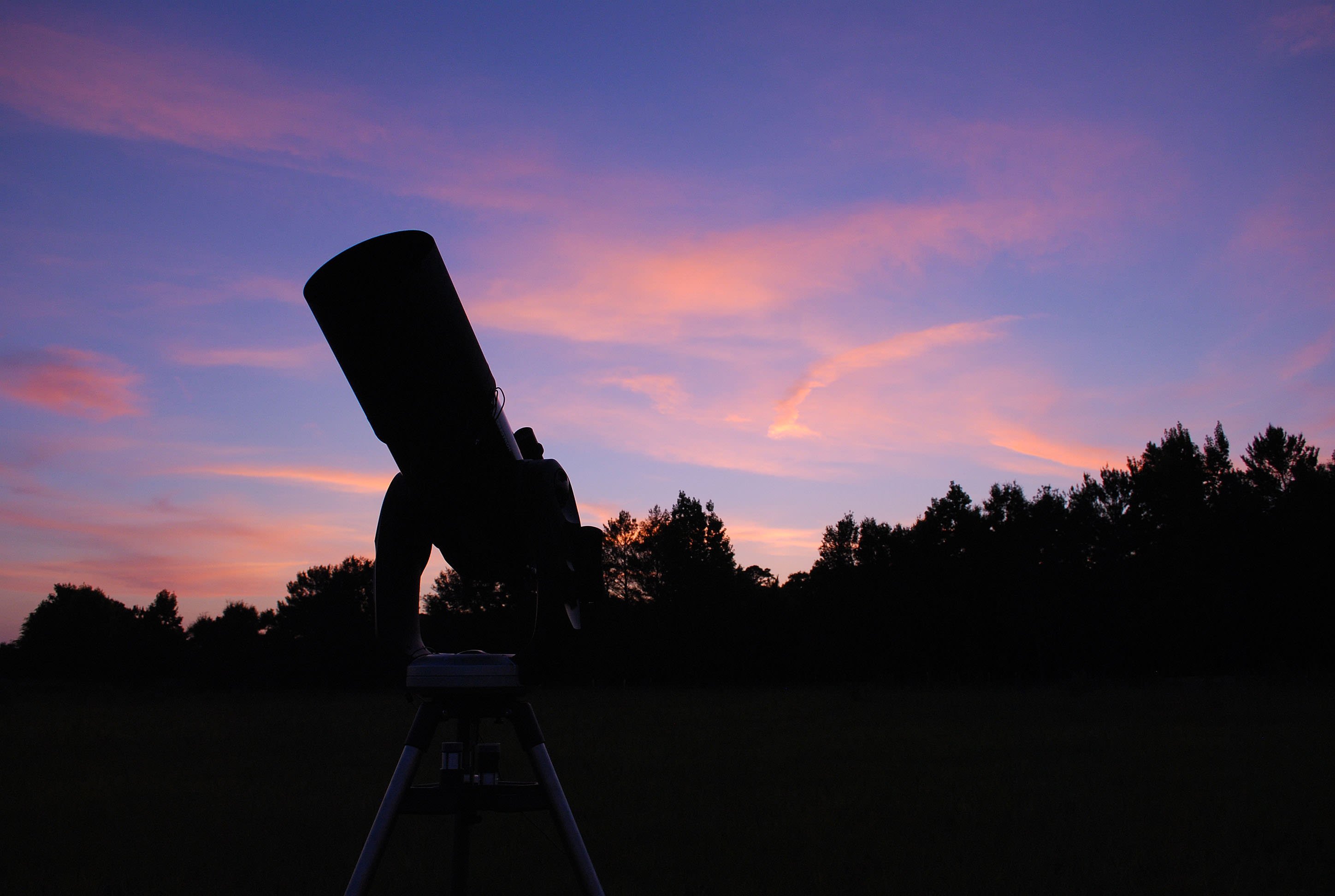NASA recently celebrated the 25th anniversary of the International Space Station (ISS) with a space-to-Earth call between the 7-person Expedition 70 crew and outgoing NASA Associate Administrator, Bob Cabana, and ISS Program Manager, Joel Montalbano. On December 6, 1998, the U.S.-built Unity module and the Russian-built Zarya module were mated in the Space Shuttle Endeavour cargo bay, as Endeavour was responsible for launching Unity into orbit that same day, with Zarya having waited in orbit after being launched on November 20 from Kazakhstan.
Continue reading “The International Space Station Celebrates 25 Years in Space”An Inside Look at the Water/Urine Recycling System on the Space Station
International Space Station Commander Chris Hadfield “lifts the lid” on the Water Recovery System, the first liquid recycling system to be flown in space that cleans almost all the “water” (greywater, urine, sweat) produced by crew members so that it can be used again. As previous space station resident Don Pettit has said, “Yesterday’s coffee becomes today’s coffee.”
Previously, Russia’s space station Mir recycled cosmonaut’s sweat, but this system on the ISS can recycle about 93 percent of the liquids it receives. The ISS’s water recycler uses a distiller that looks like a keg. On Earth, distilling is a simple process of boiling water and cooling the steam back into pure water. But without gravity, the contaminants in water never separate from the steam no matter how much heat is used. So, the keg-sized distiller spins to produce an artificial gravity field while boiling the water. The contaminants in the urine or greywater press against the sides of the drum while the steam gathers in the middle and is pumped to a filter.
12 Star Party Secret Weapons
We’ve all been there. Well OK, all public star party telescope operators have been there. You’re set up and you’ve got a stunning view of Saturn centered in the field of view. But then the first member of the viewing public takes a quick glance and steps back from the eyepiece, stating “yeah, I saw that through the last four ‘scopes…”
What do you do when every telescope down the row is aimed at the same object? Or worse yet, what do you aim at when there is no Moon or bright planets above the horizon? Every seasoned telescope operator has a quick repertoire of secret favorites, little known but sure-fire crowd pleasers. Sure, Saturn is awesome and you should see it through a telescope… but it’s a big universe out there.
I’ve even seen clubs assign objects to individual telescopes to avoid having everyone point at the same thing, but this method is, well, boring for the scope operators themselves. Most backyard astronomers can simply look at a tube pointed at Orion and know the neighboring telescope is aimed at the Orion Nebula. What follows is our very own highly subjective (but tested in the field!) list of secret star party faves. Yes, it is mid-northern latitude-centric. It also covers a span of objects of all types, as well as a handy information chart of where in the sky to find ‘em and a few surprises. We also realize that many public star parties often take place downtown under light polluted skies, so a majority of these are brighter objects. Don’t see your favorite? Drop us a line and let us know!
12. The Double Cluster: Straddling the border of the constellations Perseus and Cassiopeia, this pair of clusters is a fine sight at low power. The technical designation of the pair is NGC 884 and NGC 869 respectively and the clusters sit about 7000 light years distant. You can just see the pair with the naked eye under suburban skies.

11. Herschel 3945: A popular summer-to-fall star party target is the colored double star Albireo is the constellation Cygnus. But did you know there’s a similar target visible early in the year as well? I call Herschel 3945 the “winter Albireo” for just this reason. This 27” split pair of sapphire and orange stars offers a great contrast sure to bring out the “ohs” and “ahs.” Continue reading “12 Star Party Secret Weapons”



